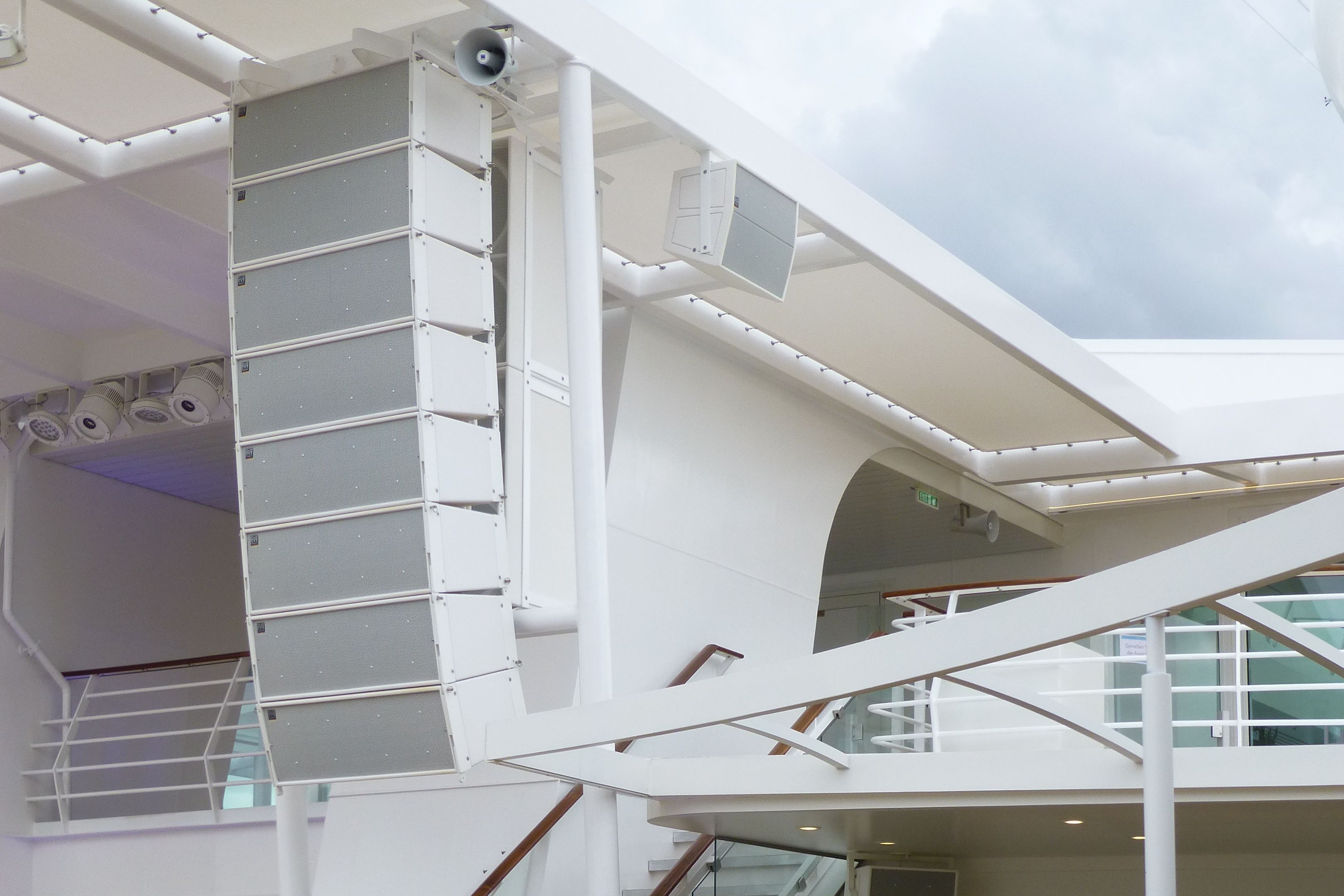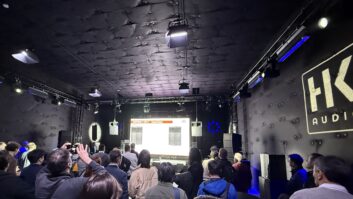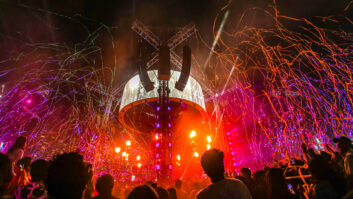
Having previously looked at some of the harshest environments AV companies are currently working in, here Ian McMurray reveals what audio and display manufacturers have to do differently to cope with harsh conditions.
Housing a piece of equipment in a specialist enclosure is certainly a solution in many environments – but is, for example, perhaps less likely to work for an audio system. How are audio manufacturers responding to the requirement?
“For many of our speakers, we actually have two levels of outdoor ratings – WRC and WRX,” explains Bradford Benn, solutions manager, Harman Professional Solutions. “These are variants of our standard speakers with additional environmental protections added. WRC speakers have an IP55 rating, which should be more than sufficient for speakers installed under eaves or an overhang. For installations requiring direct exposure to the elements or designed for more extreme environments, we offer our WRX treatment. JBL’s WRX speakers employ fibreglass around the outside – including all corners – and the interior is sealed with gelcoat. This beefs up the protection rating to IP56, ensuring the device will be protected from the sort of high-force water jets that a speaker might encounter in a storm.”
Benn also describes how, in northern climates, Harman has also used pink noise generators built into the amplifiers to keep the loudspeakers active at all times, preventing them from icing up and the ferrofluid from becoming stiff.
“For a number of years, Martin Audio has offered loudspeaker products specifically designed for outdoor use, whether on a permanent or temporary basis,” says Jason Baird, research and development director at Martin Audio. “They differ from our standard products in a number of ways, which relate to the requirements of the environment they are used in; typically water ingress, humidity, corrosion and UV resistance are the primary concerns.”
It seems that audio manufacturers have it covered. But what of display companies such as Infinitus? “All of our outdoor displays are designed to withstand UV radiation, extremes of heat and cold, water, vandalism, humidity and rapid changes in conditions,” declares Dikran Tawitian, head of marketing and sales at Infinitus Outdoor.
The TNI challenge
Tobias Augustin, product manager – large-format displays at NEC, outlines one of the challenges. “TNI is the temperature at which the pure liquid crystal system in a display undergoes the isotropic-nematic transition,” he notes. “Below this point, the liquid crystals work perfectly. If the temperature rises above this transition point, though, the crystals will melt and lose their ability to guide light. The screen will create black spots in the affected areas. To prevent this, the NEC HB display series uses liquid crystals with a higher TNI of 110°C which will guarantee perfect visibility even in situations where sunlight is heating the panel surface, compared to standard screens using panels with a TNI of 60-80°C.”
A recurring theme in any discussion of AV systems in harsh environments is a product’s IP (ingress protection) rating [see boxout, page 42]. In theory, that rating tells an integrator or end user everything that needs to be known about the suitability of the product for challenging deployments – but is that really the case?
“We find IP ratings fairly accurate,” says David Weatherhead, president of integrator Advanced. “Being headquartered in Canada, we are used to extreme temperatures. Next month, we’ll be installing a 2 x 3 LCD videowall for an outside shopping mall. The display will need to endure -40°C to +40°C temperatures. We are also using Batko for the custom enclosure.”
Case Study: All at sea with Martin Audio
According to Martin Audio, maritime is among the harshest environments in which AV equipment can be installed – and the company’s loudspeakers have been specified throughout two recently commissioned cruise liners, operated by Germany-based TUI Cruises. In addition to Martin Audio’s MLA Compact Multi-cellular Loudspeaker Array — making its marine debut — the installation included solutions such as OmniLine, Screen 4 and Effects 5 cinema speakers, DD6 differential dispersion technology, W8LC compact line array, XD15 and examples from the AQ architectural range — as well as special marine versions of standard speakers to withstand life out at sea.
Click the link for the final part assessing the issues surrounding IP ratings.
www.advanced-inc.com
www.harman.com
www.infinitus-outdoor.com
www.martin-audio.com
www.nec-display-solutions.com







